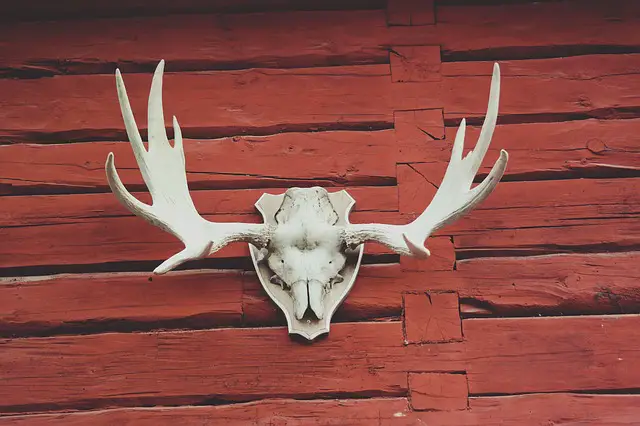If you don’t plan on displaying your taxidermy in your home, you may be wondering what to do with it. Some people find taxidermy an attractive way to decorate their homes, while others prefer the kitsch factor. It all depends on your personal taste. If you are a fan of classic taxidermy, you might want to look at the pieces at Brimfield, a Chicago taxidermy shop. Here, you can find mounts of deer heads and slick trophy fish on display. Antique plaid blankets and retro mid-century furnishings are also available to help you decorate your home.
Ethics of taxidermy
The term “ethical taxidermy” has many meanings. For some people, it means that the animals were not killed specifically for the mount, but were still preserved in taxidermy. This term can include a wide range of sources, including roadkill, by-products of culling, and pest-control salvages. Others see ethical taxidermy as anything that does not harm the animal or contribute to its overpopulation.
Historically, hunting and trapping have been used for food or to control pests. While most indigenous peoples continue to kill animals for food and pest control, western civilizations have industries dedicated to eradicating entire species and their parts. This is not sustainable. Rather, taxidermists should be more mindful of their impact on the environment. While there are several ethical considerations associated with collecting animal parts, it is best to keep in mind that the ethics of unwanted taxidermy is a complex subject.
Techniques for taxidermy
Pests and insects can cause decay in taxidermy. Several common pests attack taxidermy and cause a significant amount of damage. These pests include moths, rodents, and dermestid beetles. Beetles are particularly damaging, burrowing deep into taxidermy and eating its keratin elements. Infestations and decay are best dealt with by a qualified conservator. To prevent further damage to your taxidermy, be sure to use a dust-shield spray.
The taxidermists at the Fine Art Restoration Company specialize in dealing with all types of eclectic items, including stuffed animals, paintings, and antiques. Whether you have a taxidermy collection in your home or want to sell an old, unwanted piece, our team of conservators will be able to help you deal with this problem and salvage your valuable pieces. While taxidermy is an art form, it’s also an expression of a person’s feelings about death. Although most taxidermists today do not kill animals, it still maintains an air of mystery and reverence for their work. This is not the case in Victorian times, when taxidermists used arsenic soap to preserve animal parts. However, the internet and the widespread use of color photography have contributed to a resurgence of this discipline.
Practicing taxidermy without a license
Practicing taxidermy without a proper license is a violation of the laws governing the industry. The practice of mounting an animal, such as a deer, requires a special license. It is illegal to perform some procedures without a license, such as antler mounting, skull cleaning, and the like. If you are charged with this offense, you must seek legal advice and follow the law to avoid a criminal record.
A license is required for a licensed taxidermist in Pennsylvania. In order to practice taxidermy, an individual must first obtain a license from the Pennsylvania Department of Agriculture and Consumer Protection. The commissioner may issue a license to a citizen who meets the requirements. To obtain a license, an individual must submit a list of his employees. Employees must list their names and the dates they received the birds they mount. The number of birds and species are also required.
Sustainability of taxidermy
The sustainable sourcing of animal specimens is a growing trend in the taxidermy industry. Ethical taxidermy is often the result of an animal lover’s passion for preserving the natural world. It ensures that the entire body of an animal is used, rather than sacrificing parts that don’t add value. Ethical taxidermy is often considered to be more environmentally friendly than traditional methods, as the animal’s body has been properly used rather than disposed of.
The popularity of taxidermy is growing, in part because of the visibility of the artists who create these beautiful works. Innamorato and Anantharaman believe this popularity is largely due to the inherent disconnect between humans and nature. Taxidermy is accessible and attractive, which contributes to the appeal. Despite the societal challenges that face the industry, the creative aspect of the trade remains undiminished. And with its inherent appeal, it’s hard to deny that it’s an art.


